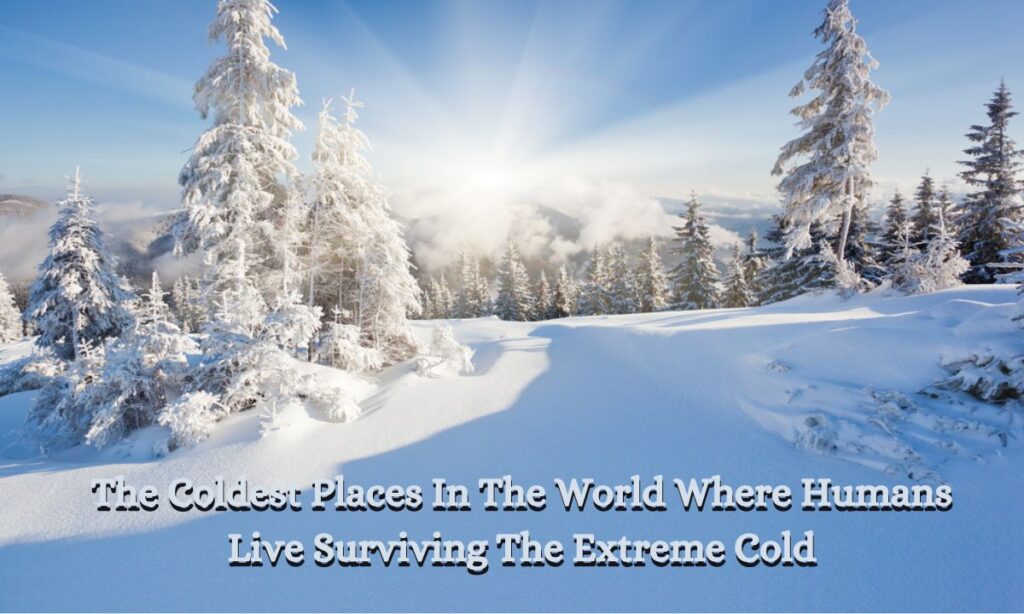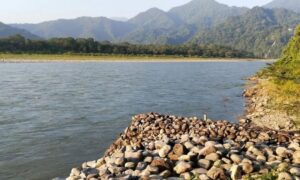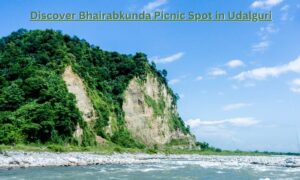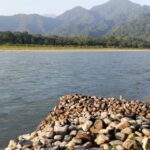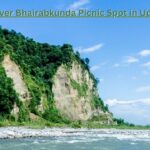In the world, there are some places where you might think no human could survive due to their bone-chilling temperatures. However, there are several locations where people have not only adapted to these extreme conditions but also call them home. This article will introduce you to the ten coldest places in the world where humans live. We’ll delve into their names, a brief overview, their specific locations, the jaw-dropping temperatures they experience, the remarkable ways in which people manage to live there and how adventurous souls can visit these frigid regions.
Contents
ToggleBarrow, Alaska
Barrow, also known as Utqiaġvik, is the northernmost city in the United States and is situated in the state of Alaska. It is home to the Iñupiat people who have lived coldest place in the world for generations.
Location: Barrow is located on the northern coast of Alaska, overlooking the Arctic Ocean. It’s well within the Arctic Circle making it one of the coldest places on Earth.
Temperature: Winter temperatures in Barrow can plummet to an astonishing – 30°F (-34°C), and during the darkest days of winter residents experience a prolonged period of polar night.
How People Live There: The people of Barrow have adapted to the harsh conditions by constructing well-insulated homes and relying on traditional hunting and fishing. They also celebrate their rich culture through events like the Nalukataq festival, where they share the first catch of the season.
How Can You Go There: To visit Barrow, you can take a commercial flight from Anchorage, Alaska. While there, you can experience the unique lifestyle witness the stunning Northern Lights, and even try your hand at ice fishing.
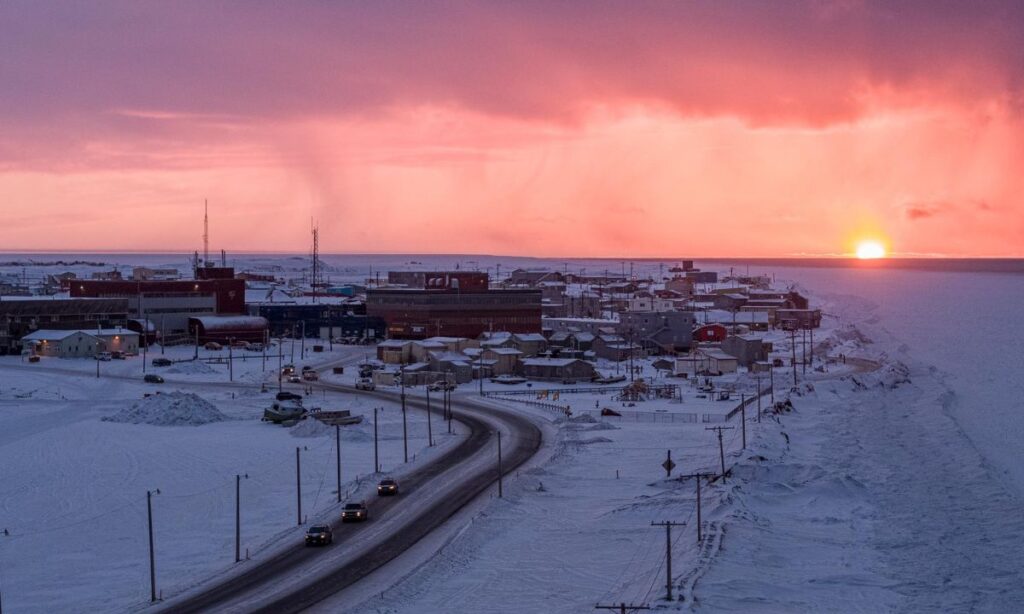
Oymyakon, Russia
Oymyakon is a small town in the Sakha Republic of Russia. It’s notorious for its extreme cold and has even been dubbed as the Pole of Cold.
Location: Oymyakon is located in northeastern Russia not far from the Arctic Circle, in the Siberian wilderness.
Temperature: Winter temperatures in Oymyakon can drop to -58°F (-50°C) or even lower making it one of the coldest inhabited places on the planet.
How People Live There: Local residents rely on subsistence hunting and herding. Houses are equipped with thick walls to insulate against the cold and cars are often left running to prevent them from freezing.
How Can You Go There: To reach Oymyakon, one can fly to Yakutsk, the regional capital, and then undertake a lengthy drive. Visitors should be well prepared for the harsh climate and limited amenities.
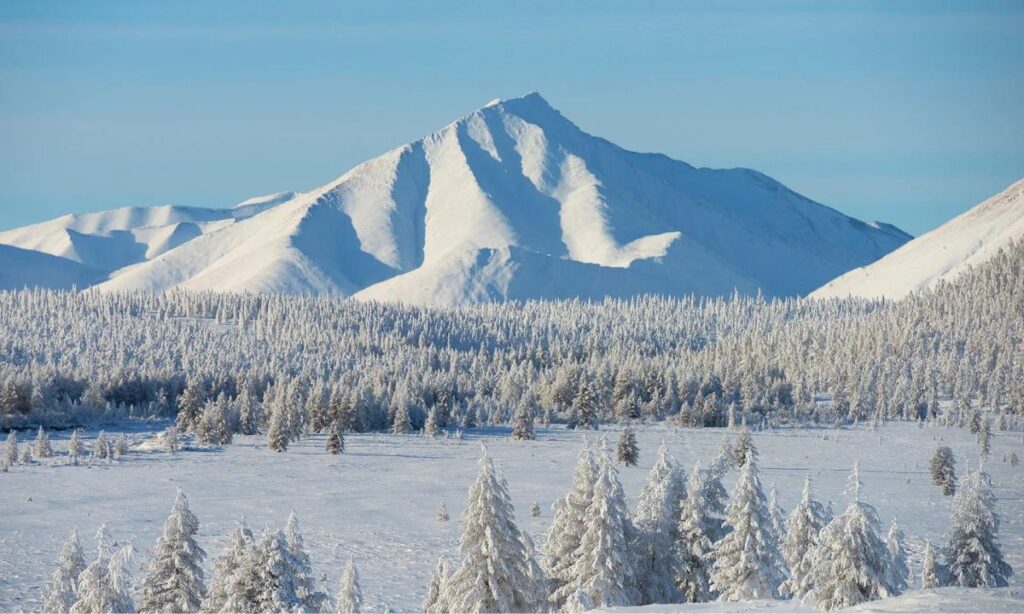
Yellowknife, Canada
Yellowknife is the capital of Canada’s Northwest Territories for its stunning natural beauty and outdoor activities.
Location: Yellowknife is situated on the northern shore of the Great Slave Lake deep within Canada’s subarctic region.
Temperature: Winter temperatures in Yellowknife can plunge to around -22°F (- 30°C) with a long and frigid winter season.
How People Live There: Residents of Yellowknife have adapted to the cold through modern infrastructure and activities like ice fishing, dog sledding and watching the mesmerizing Northern Lights.
How Can You Go There: Yellowknife is easily accessible by air from major Canadian cities. Visitors can take part in winter festivals and enjoy the breathtaking natural wonders the region has to offer.
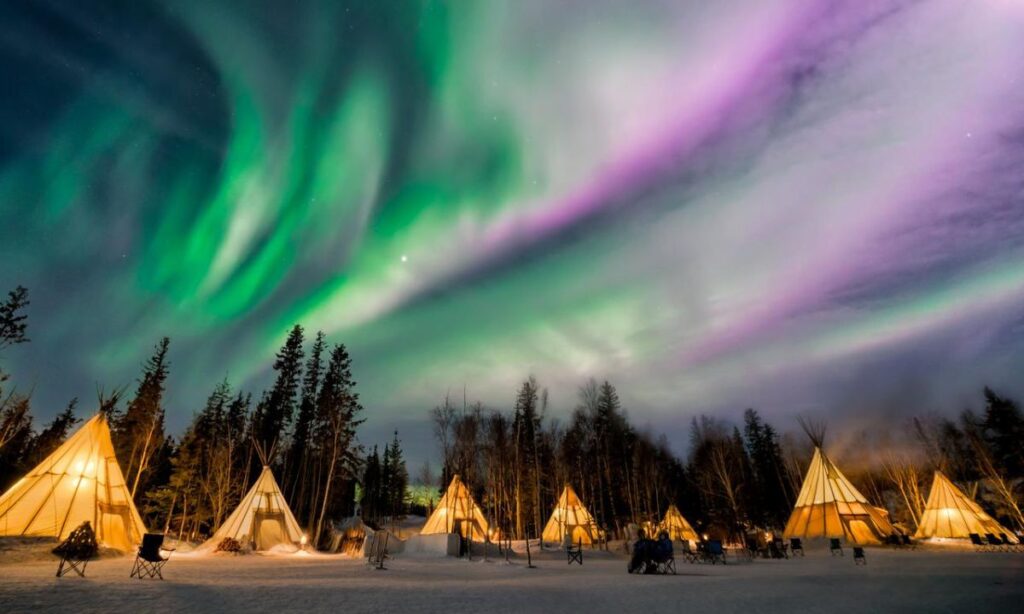
Norilsk, Russia
Norilsk is a major industrial city located in Siberia, Russia. It’s known for its large nickel and palladium mining operations.
Location: Norilsk is located in the northern part of Siberia in a region known for its extreme cold and isolation.
Temperature: Winters in Norilsk can be brutally cold, with temperatures dropping to -31°F (-35°C) or lower.
How People Live There: The people of Norilsk endure the extreme cold by living in apartment buildings constructed to withstand the harsh climate. They also rely on the mining industry for employment.
How Can You Go There: Visiting Norilsk can be challenging due to its remote location, but you can arrange a visit by obtaining the necessary permits and planning your trip well in advance.
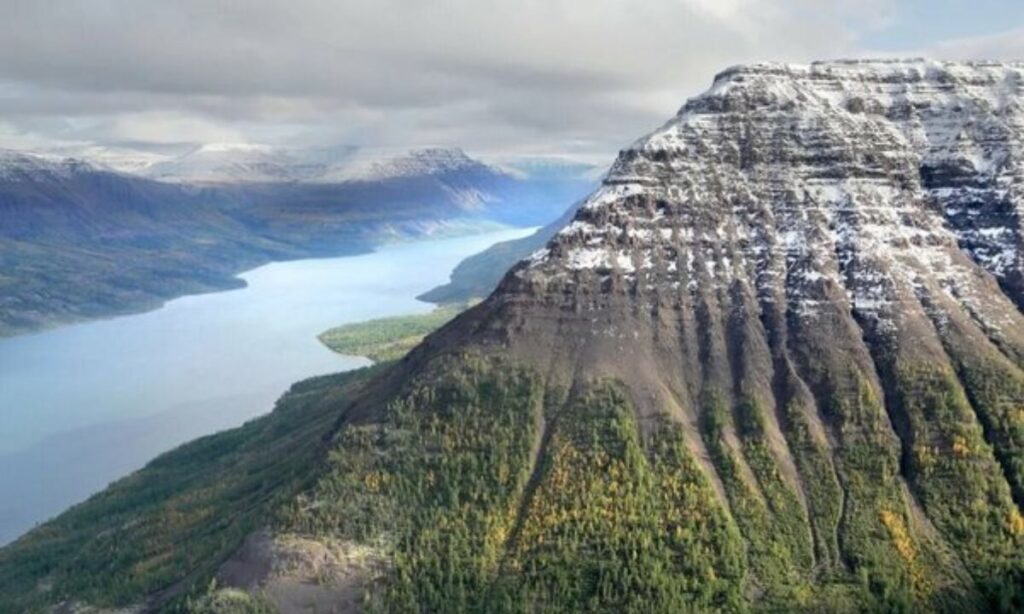
Longyearbyen, Svalbard, Norway
Longyearbyen is the largest settlement in the Svalbard archipelago, which is part of Norway’s territory. It is the northernmost town in the world with a significant population.
Location: Svalbard is in the Arctic Ocean halfway between mainland Norway and the North Pole.
Temperature: Winter temperatures in Longyearbyen can drop to around -13°F (- 25°C) with a long polar night.
How People Live There: Longyearbyen residents adapt to the harsh conditions by residing in well-insulated homes and participating in activities such as polar bear watching and glacier hiking.
How Can You Go There: To reach Longyearbyen, you can take a flight from Oslo, Norway. Visitors can explore the unique wildlife, stunning landscapes and the famous Svalbard Global Seed Vault.
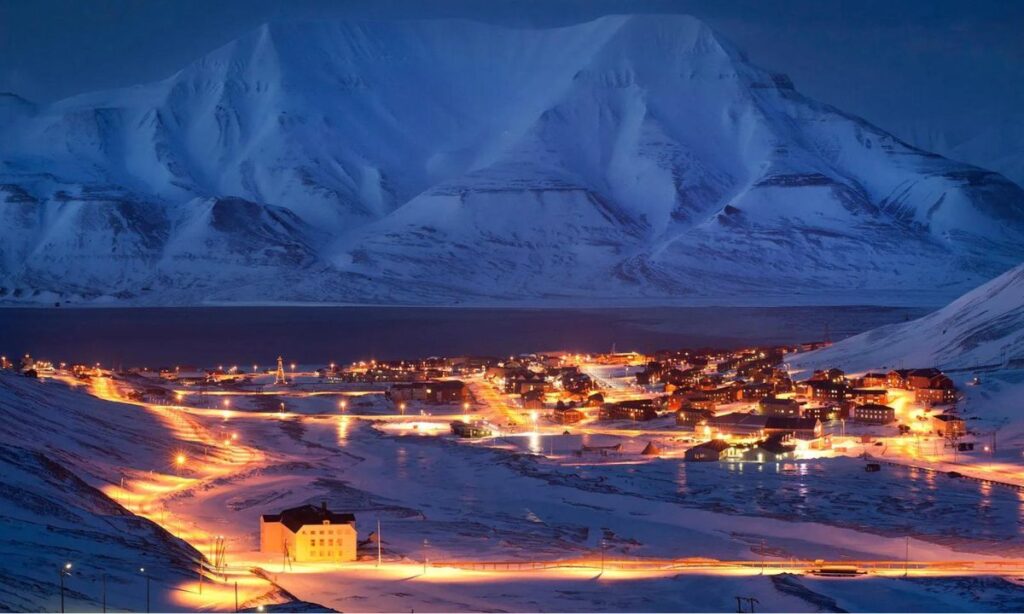
Harbin, China
Harbin is the capital of China’s Heilongjiang province and is renowned for its stunning ice and snow sculptures during the Harbin International Ice and Snow Sculpture Festival.
Location: Harbin is situated in northeastern China near the border with Russia.
Temperature: Winter temperatures in Harbin can drop to -13°F (-25°C) and even lower during the festival season.
How People Live There: Harbin residents have adapted to the cold through modern urban living and the enjoyment of winter festivities like ice sculpting and ice lantern festivals.
How Can You Go There: Harbin is easily accessible by train or plane from major Chinese cities. The annual ice and snow festival is a must-see featuring intricate ice sculptures and a winter wonderland atmosphere.
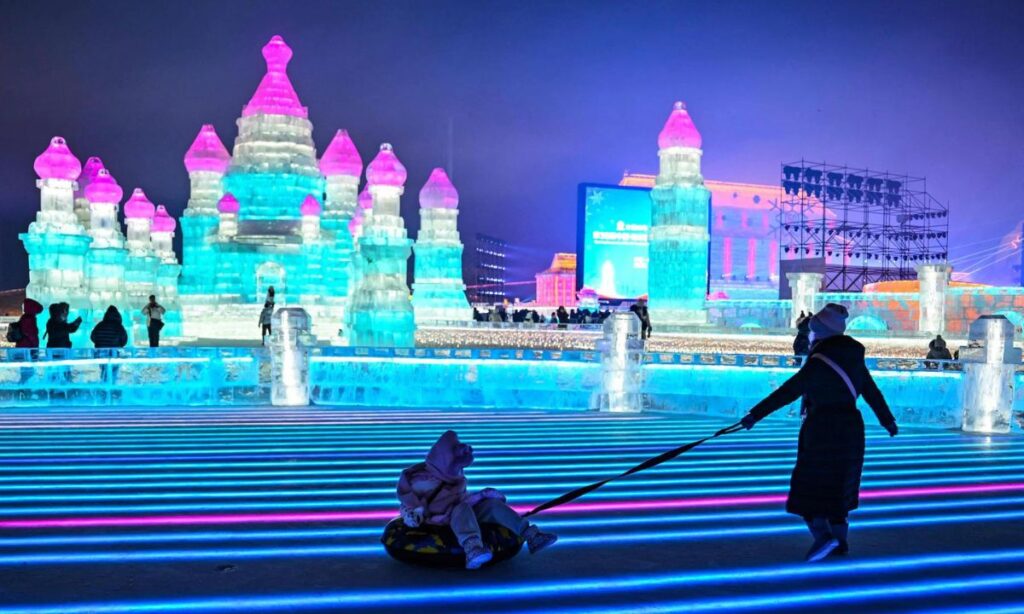
Fairbanks, Alaska, USA
Fairbanks is the largest city in Alaska’s Interior region and it’s known for its unique climate and cultural attractions.
Location: Fairbanks is located in the heart of Alaska far from the state’s milder coastal areas.
Temperature: Winter temperatures in Fairbanks can plummet to -20°F (-29°C) or even lower with long and harsh winters.
How People Live There: Fairbanks residents cope with the cold through well-insulated homes and active participation in winter sports like dog mushing and ice fishing.
How Can You Go There: Fairbanks is accessible by air and road from other parts of Alaska. Visitors can enjoy the Aurora Borealis, explore the nearby Arctic Circle and experience the unique Alaskan way of life.
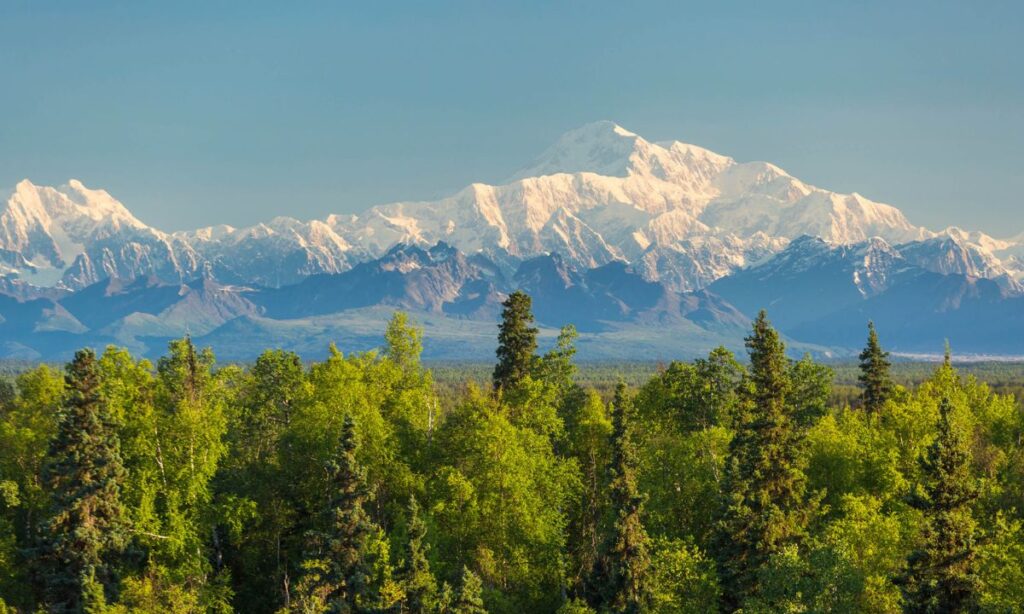
Verkhoyansk, Russia
Verkhoyansk is a small town in the Sakha Republic, Russia for its exceptionally cold winters and unique location.
Location: Verkhoyansk is situated in eastern Siberia, near the Arctic Circle in a region characterized by vast forests and frozen tundra.
Temperature: Winters in Verkhoyansk are incredibly harsh with temperatures dropping to as low as -49°F (-45°C) or even lower.
How People Live There: Residents endure the extreme cold through well-insulated homes and traditional activities such as reindeer herding and ice fishing.
How Can You Go There: Visiting Verkhoyansk requires careful planning due to its remote location. Travelers can reach the town by flying to Yakutsk and then undertaking a lengthy road journey.
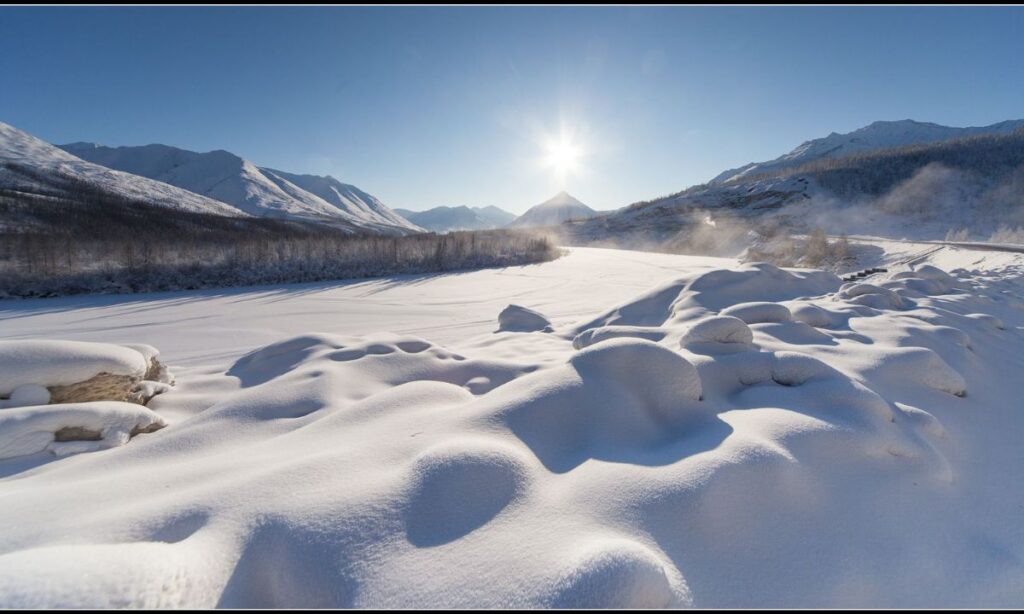
Ulaanbaatar, Mongolia
Ulaanbaatar is the capital and largest city of Mongolia for its rich cultural heritage and nomadic traditions.
Location: Ulaanbaatar is in the central part of Mongolia, surrounded by vast steppes and rugged mountains.
Temperature: Winter temperatures in Ulaanbaatar can drop to around -13°F (- 25°C) or lower with long and bitterly cold winters.
How People Live There: Residents of Ulaanbaatar combat the cold through modern urban living and the preservation of their nomadic heritage. Traditional activities such as horseback riding and camel festivals are integral to their way of life.
How Can You Go There: Ulaanbaatar is accessible by air and rail from neighboring countries. Visitors can explore the city’s historical sites, experience the nomadic culture, and venture into the beautiful Mongolian countryside.
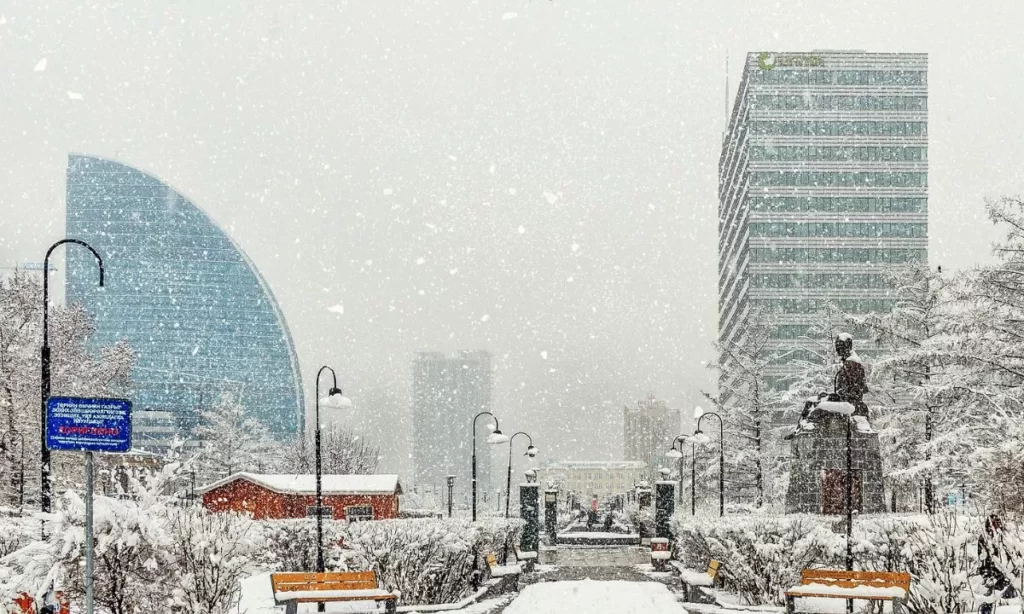
Read More: 10 Best Places To Visit In Europe In December
Conclusion
In these coldest places in the world where humans live, people have not only survived but have also thrived, adapting to the extreme cold through ingenuity, tradition and community spirit. Visiting these regions offers a unique opportunity to witness the resilience of the human spirit against nature’s harshest challenges. If you’re an adventurous soul seeking to experience the world’s most extreme climates, these places are waiting to welcome you with their awe-inspiring landscapes and the warmth of their inhabitant’s hospitality.
The Coldest Places in the World Where Humans Live FAQs
Oymyakon in Russia is often considered one of the coldest inhabited places on Earth, with winter temperatures plummeting to -58°F (-50°C) or lower.
Residents in these areas survive extreme cold by living in wellinsulated homes, relying on traditional activities like hunting and fishing and participating in modern winter sports and festivals. They also adapt to their environment through unique cultural practices.
Visiting these regions requires careful planning. You can generally reach them by taking flights to nearby cities or towns and then making the necessary travel arrangements to get to the specific cold region. Be sure to prepare for the cold climate and check visa requirements.
In these cold places you can enjoy activities such as ice fishing, dog sledding, watching the Northern Lights, participating in winter festivals, exploring unique landscapes and experiencing the cultural traditions of the local people.
The best time to visit these extremely cold regions is during the winter season if you want to experience the full effect of the cold and the unique winter activities. However, the Northern Lights are often more visible during the darker months of winter.
These places are generally safe for tourists but you should take precautions due to the extreme cold. Ensure you have appropriate clothing and gear and follow local advice on staying safe, especially in remote areas.
Read More: 10 Places To Visit In Ooty In 1 Day Guide

